For city dwellers, it has long been no wonder to see numerous shops, hairdressers, offices and even dental offices on the first floors of multi-storey apartment buildings. The ability to change the status of an apartment for a commercial building opens up new opportunities for entrepreneurs and businessmen. And this option is very logical, because the acquisition of residential square meters on the ground floor is much more affordable than the construction of a separate building. About how to transfer the living quarters into non-residential, and will be discussed in this article. The procedure itself in theory is quite simple, but in practice you will have to run around in many instances.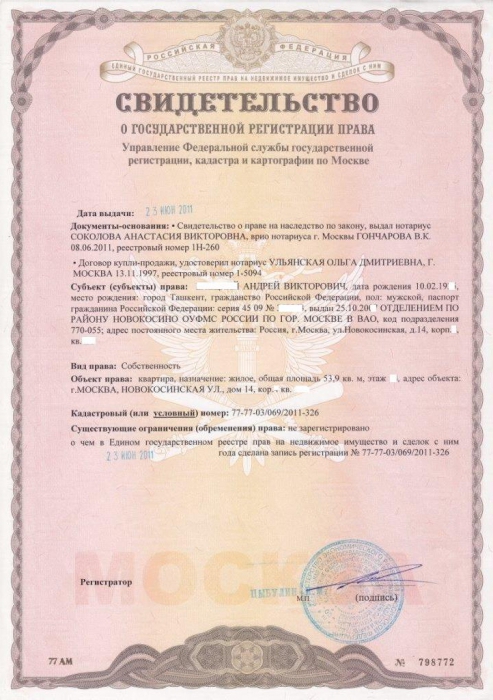
Also, the question of interest to many citizens will be considered: can non-residential premises be converted into residential premises. Although this practice is much less common, but such an opportunity exists. But first things first: we will describe the process of registering housing for commercial real estate, and after that - how to transfer a non-residential building into a residential one.
Translation Terms
The legislation establishes certain conditions under which it is possible to transfer a non-residential premise into a residential one, however this procedure is much simpler than transferring an apartment into a premise for entrepreneurial activity.
The following items are required for transferring housing to a non-residential fund:
- The room should have a separate entrance from the public, leading directly to the street.
- If the area of the premises exceeds 100 square meters, then a fire exit is mandatory. By the way, this could be an exit to the entrance.
- Translation cannot be partial.
- Before making a transfer, all tenants should be evicted from the apartment and discharged.
- Housing at the time of registration of documents to change the status can not be bank pledged property or arrested by bailiffs.
- Apartments located on the second floor can acquire the status of non-residential premises only if the premises on the first floor have the same status.
- Housing in buildings under demolition or in such buildings that are considered emergency can not be issued as non-residential premises.
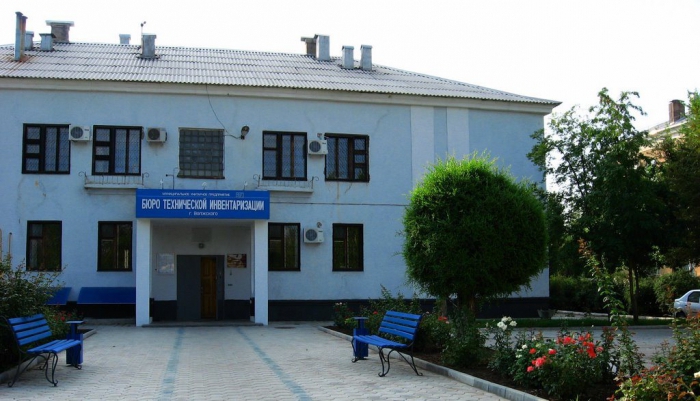
Apartments that are not transferable
There is such a part of the housing stock, which under no circumstances can be issued as non-residential premises:
- If the apartment is located in a house recognized as cultural or historical heritage.
- If the building is not connected to such communications as water, sewage, electricity and other networks.
- Housing related to emergency departments and civil defense headquarters.
Do I need to renew the status of the apartment?
There are loopholes in the legislation, such as Article 17 of the RF LC, which states that an apartment can be used for business purposes without being transferred to non-residential premises, if such use does not interfere with persons and neighbors registered and living in it. But at the same time, the entrepreneur must personally have a registration and registration at this address.
Renewal stages
So, how to transfer a living space into a non-residential? First of all, all the above conditions must be met. It should immediately be said that, according to the law, both the owner of the apartment and his notarized person may be involved in re-issuing documents. The whole process can be conditionally divided into three stages: collection of documents, determination of cost and payment for translation, registration.

Documents from BTI
The package of documentation that must be provided to the interdepartmental commission from the DUI must necessarily contain the following papers:
1. Explication with a floor plan. If there are none on hand, then you need to get them in the BTI. In this case, you must first take a power of attorney in the Department. Thus, the first step is to go to the Department, write a statement on the model and submit the following documents:
- owner’s passport or power of attorney of a person acting in his interests;
- certificate of housing rights;
- the so-called foundation agreement by which the premises became the property.
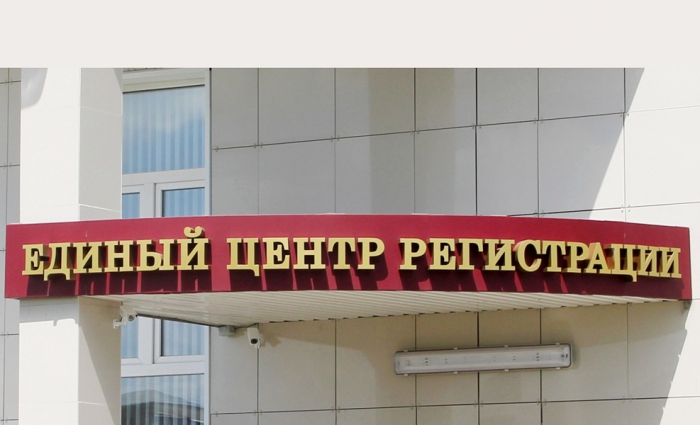
2. Passport of the premises and technical plan. It should be borne in mind that if these papers were received more than three years ago, then they must be taken again at the BTI.
Documents from SES and fire supervision
BTI is not the only organization that will have to be visited, since it is impossible to transfer a residential premises into a non-residential one without expert evaluation.
So, you will need documentation on the fire compliance of the premises, which is issued by fire supervision. To obtain one, you need to contact the Office of the State Fire Supervision and write a statement there according to a specific model. After that, a date will be set when an expert comes to assess fire safety and issue an opinion.
A protocol on compliance with sanitary and epidemiological surveillance will also be required. This document is issued at the regional SES upon application and after the expert’s departure.
Neighbor Resolution
Perhaps the most difficult when collecting documents may be the collection of written consent from the owners of neighboring apartments. Not many people want, for example, that in the immediate vicinity there is a store and a constant stream of people under the windows. In order not to hunt for each of the owners individually, with the help of the management company, you can assemble an extraordinary meeting at which to collect the necessary signatures. It should be borne in mind that the legality of the meeting, which will allow not to take into account the opinion of those who disagree in the future, will be achieved only if more than 50% of the owners are present at the training camp.
Voting is necessary at the meeting, and if 2/3 of those present give a positive answer, then the question of translation can be considered closed. It should be remembered that after voting it is necessary to draw up a voting protocol, according to which a corresponding certificate will subsequently be issued. Since it is impossible to transfer a residential premises into a non-residential one without this document, it is necessary to find a common language with neighbors. Also, weighty arguments should be prepared in advance that will convince them to cast their vote in favor of the translation.
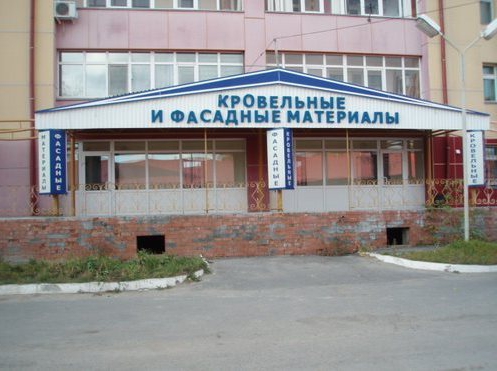
Documents from the management company
Besides the fact that you have to contact the management company to convene an extraordinary meeting, you will need to take the technical conclusion of the building’s condition from this organization, extract from the house book. To do this, you will need to write the appropriate statements and provide the company’s employees with a passport, documents for the apartment, a power of attorney (for a notarized person representing interests).
In order for the Property Management Department to approve reissuance, it is necessary to order a plan for the redevelopment of housing for a store, hairdresser or office in the project company, depending on the purpose of the premises. This is also a mandatory document, since it will not be possible to transfer an apartment building into a non-residential premise or change the status of an apartment without it.
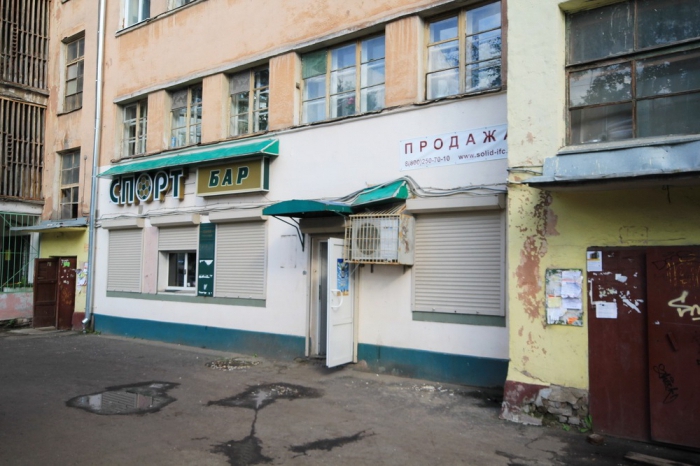
Application to the Department of Property Management
After collecting all the necessary papers, you can go to the Department to submit an application. In this case, it should appear to all owners of the apartment or to one authorized representative with powers of attorney from each of the owners of the apartment with passports, title papers and the above list of documents.The statement will need to indicate the reason for your decision to change the status of the dwelling.
Determining the cost of translation
How much does it cost to transfer a residential premise to non-residential? The renewal price is not fixed, for each room it is determined individually. What is this assessment? In fact, this is the difference in price between a residential apartment and non-residential premises, equivalent in size and other characteristics, because it is known that commercial real estate has a great value. Transferring a dwelling into a non-residential one is not at all a cheap pleasure, so the decision must be balanced. The protocol of value will be issued on hand after payment of the receipt with the sum of the difference in value between the apartment and non-residential premises.
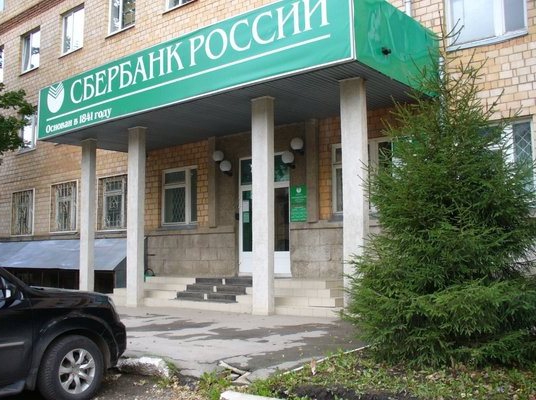
Registration of non-residential premises
After the permission to transfer was obtained in the Department, you can go with the whole package of documents to the Registration Chamber to get a certificate for non-residential premises. After accepting the papers for consideration, a receipt will be issued indicating the date when it will be possible to pick up the documents. The amount of state duty for this service is 1000 rubles.
Transfer of non-residential premises to residential
How to transfer non-residential premises into residential premises, and what documents need to be collected for this? The process is similar to the procedure described above, only the price will be much less, since you do not have to pay the difference in the market value of the property. How much does it cost to transfer non-residential premises to residential today? Payment for the procedure consists only in paying state fees for the services of organizations.
